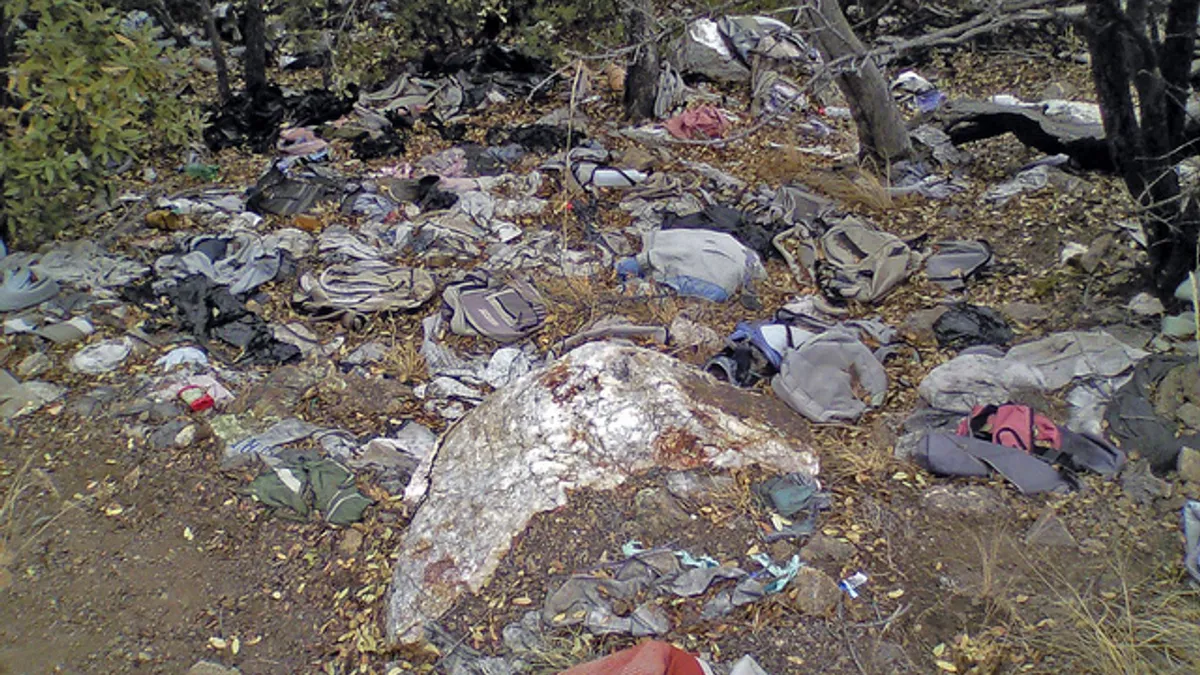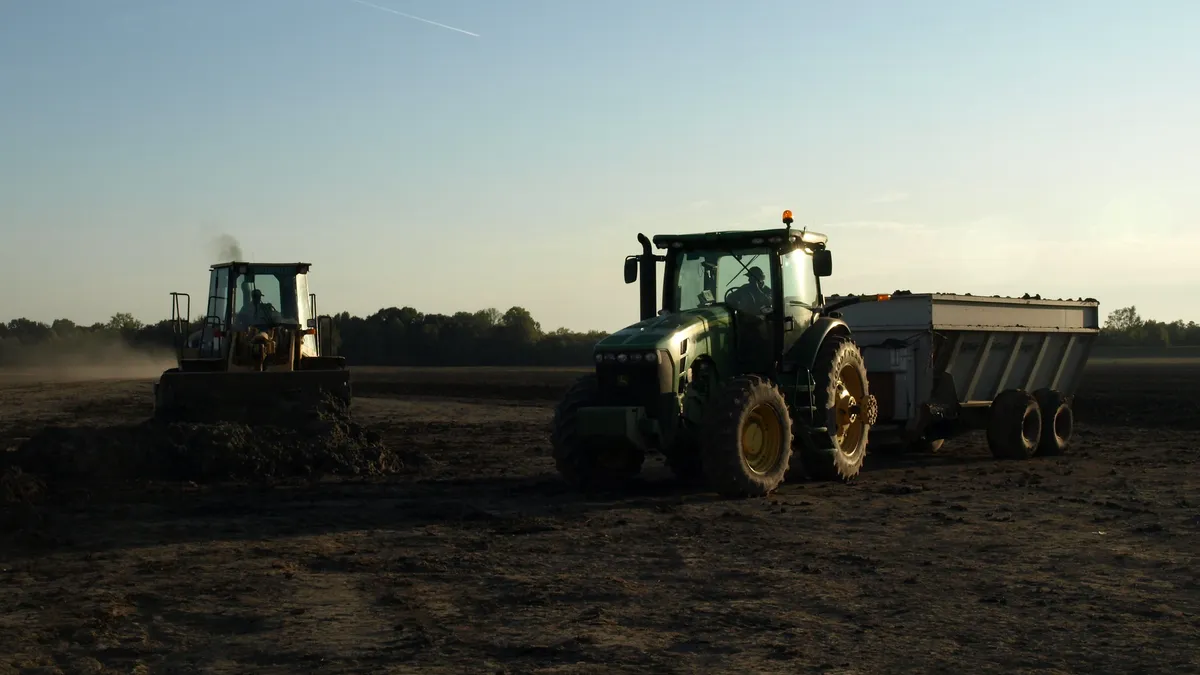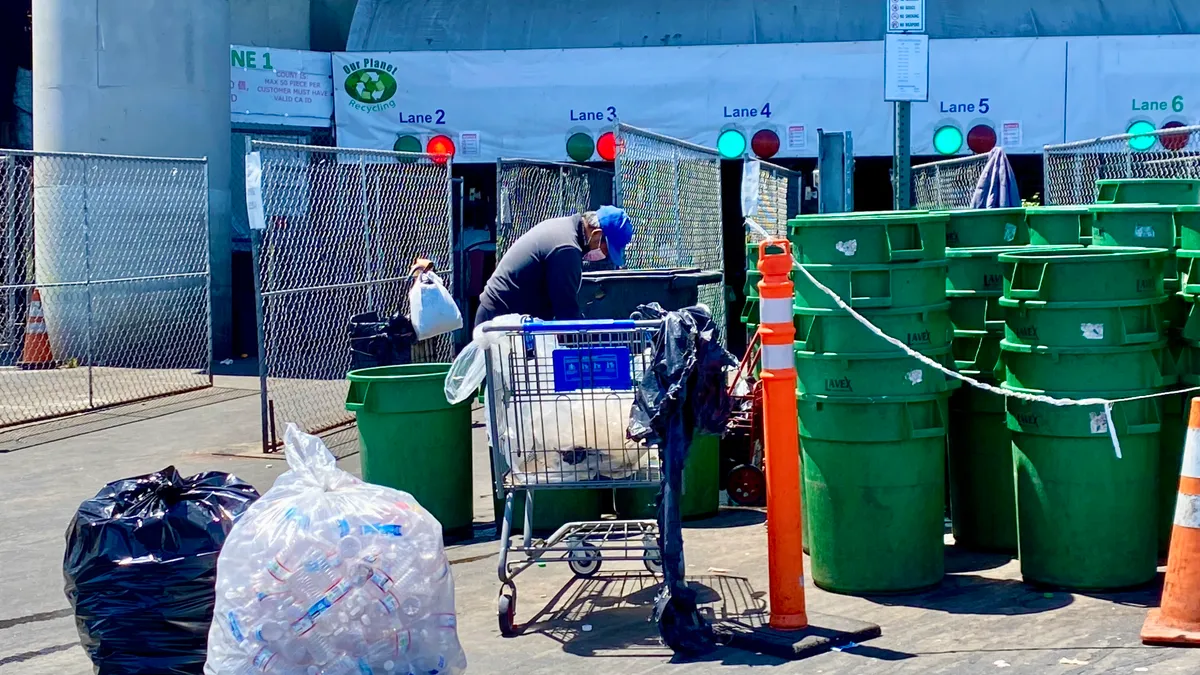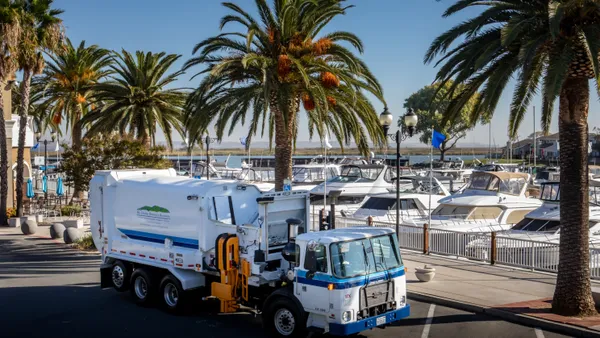Dive Brief:
- A recent study of Los Angeles' streets and alleys shows low-income areas are the filthiest, especially in Central, East, and South L.A., though there are pockets in similar conditions across the city. Alleyways accounted for a quarter of the dirtiest areas, many of which have been affected by the illegal dumping of trash bags, concrete rubble, soiled rugs, and television sets. In some cases, the waste accumulated for months, one resident told Los Angeles Times.
- A new $805,000 database containing the study findings allows residents to look up conditions of their streets, and is part of a larger $9 million effort devoted to clean up illegal dumping during this fiscal year.
- The database comprises a full catalog of all city streets, and every block will be inspected and rated quarterly. GPS tracking of trucks and recording dash camera footage will also be implemented to assess street conditions.
Dive Insight:
For residents in working class neighborhoods, piles of trash and scattered litter are common sights that many are tired of, including Eusebio Hidalgo who told the Los Angeles Times even when crews came out and cleaned, the trash just started piling up again, sometimes the next day.
The data-driven rating system has been in conversation for a while, not only as an alternative to having to depend solely on residents to call in, but to gage the problem, then to take action. Other cities have leveraged similar systems, including New York where scores that had lagged at 53% in 1980 jumped to more than 90% in 2014.
Time will tell how the nearly one million dollar plan will work; officials will meet monthly with city council office representatives and community groups to discuss what they learn of street conditions as well as cleanup strategies. But the city appears to be getting off to a good start by looking at the data. Acting on information from an early analysis, Mayor Eric Garcetti launched an internal investigation of the Sanitation Bureau, resulting in orders for that agency to resolve tens of thousands of outstanding illegal-dumping requests. For now, most of the city streets are clean.
"But that isn't good enough if you live on or near a street in need of urgent service," Garcetti said in a statement reported by the Los Angeles Times. "This data will help us identify trends so that we can anticipate services before they are even requested."











